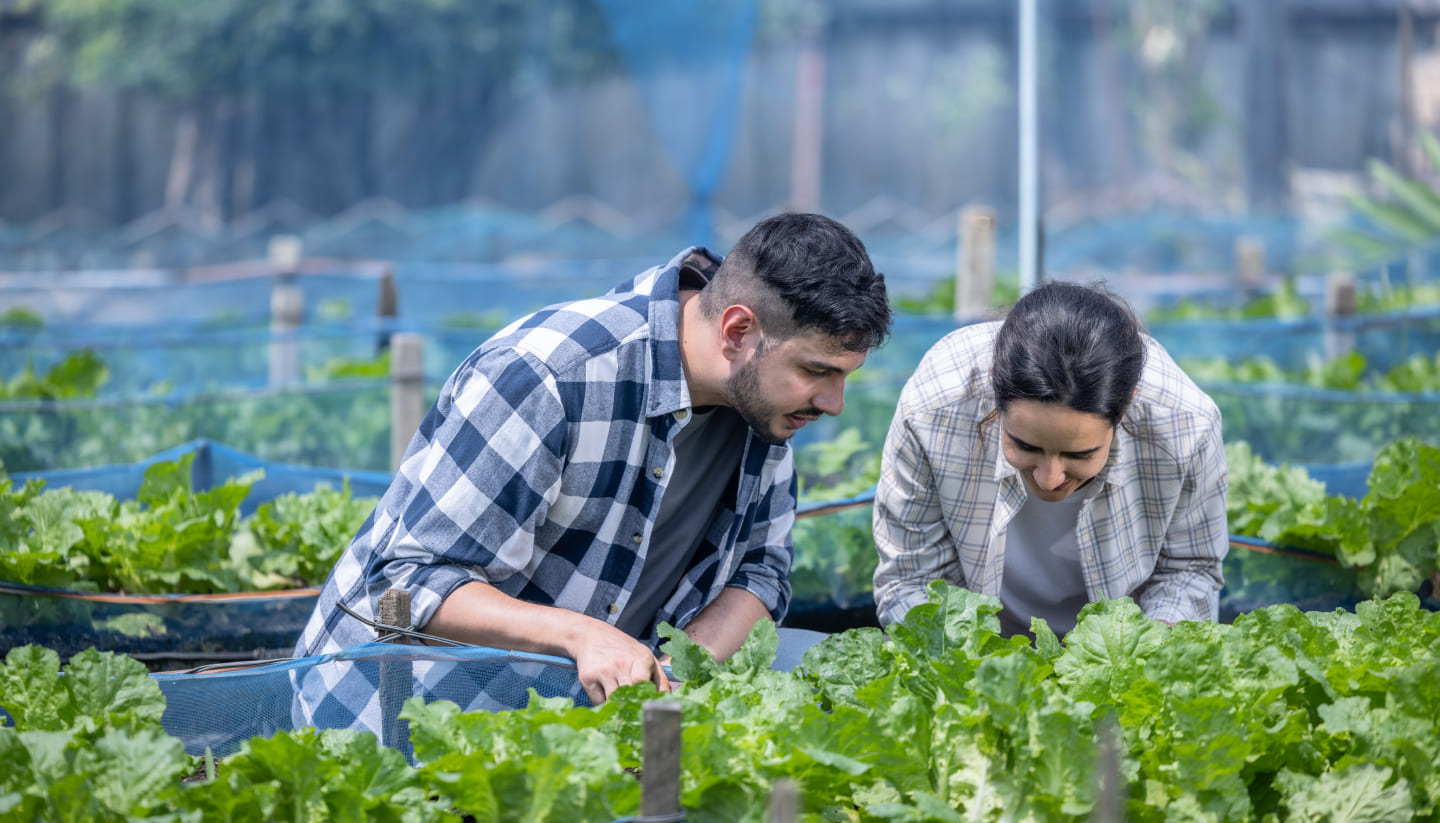
The global demand for food is expected to increase by 70% by 2050, according to a report by the Food and Agriculture Organization (FAO). However, challenges such as shrinking arable land, water scarcity, and climate change necessitate innovative farming practices. One such transformative approach is soilless agriculture combined with Artificial Intelligence (AI), which has the potential to revolutionize how we grow food sustainably.
What is Soilless Agriculture?
Soilless agriculture involves growing plants without soil by using nutrient-rich solutions, inert mediums, or water-based systems. Techniques like hydroponics, aquaponics, and aeroponics are widely adopted forms of soilless farming. These methods minimize resource use, maximize yield, and ensure farming can take place in urban and non-arable areas.
Role of AI in Soilless Agriculture
Artificial Intelligence acts as the brain behind soilless farming, enabling precision and scalability. Here’s how AI makes an impact:
- Nutrient Optimization: AI models analyze data from sensors to determine the exact nutrient requirements for plants in real-time. Research by Benke and Tomkins (2017) shows that nutrient solutions can be optimized to improve crop yield and quality in hydroponic systems [1].
- Environmental Monitoring: AI-powered systems monitor temperature, humidity, and light intensity to create ideal growth conditions. For instance, a study by Shahbaz et al. (2021) demonstrated how AI could enhance environmental control in vertical farming setups [2].
- Predictive Analytics: Machine learning algorithms predict plant growth stages, yield outcomes, and potential risks, allowing farmers to make informed decisions. A study published in the journal Computers and Electronics in Agriculture highlights the effectiveness of AI in forecasting yield and mitigating risks in controlled environments [3].
- Water and Energy Efficiency: AI-driven automation minimizes water and energy use by optimizing resource allocation. This aligns with findings from Murphy et al. (2019), who observed that integrating AI with hydroponics reduces water usage by up to 90% compared to traditional farming [4].
Benefits of Soilless Agriculture with AI
- Sustainability: Soilless farming reduces water consumption and eliminates the need for chemical-laden soil, promoting environmentally friendly practices.
- Urban Farming Potential: Vertical farms powered by AI make farming feasible in urban areas, bringing food production closer to consumers.
- Scalability: AI-enabled automation allows for large-scale, consistent production without a proportional increase in labor or resources.
- Resilience: Soilless systems are immune to soil-borne diseases and pests, ensuring stable food production even in adverse conditions.
Real-World Applications
Countries like the Netherlands have embraced AI-powered soilless agriculture, achieving some of the world’s highest crop yields per hectare. Companies such as Plenty and AeroFarms are leading the way by combining hydroponic farming with machine learning, proving the commercial viability of these solutions.
Challenges and Future Directions
While the potential of soilless agriculture and AI is immense, challenges remain:
- High Initial Costs: The setup cost for AI-integrated systems can be prohibitive for small-scale farmers.
- Technical Expertise: Farmers require training to manage and operate AI-driven systems.
- Research Gaps: Further research is needed to fine-tune AI algorithms for different crop types and farming conditions.
However, ongoing advancements in AI and IoT technologies are rapidly addressing these challenges, making soilless farming more accessible.
Join the Soilless Revolution
Soilless agriculture powered by AI represents the future of sustainable farming, offering a solution to feed a growing population while preserving our planet’s resources. At Agriparivar, we are committed to driving this transformation by providing innovative farming solutions tailored to modern challenges.
Visit Agriparivar.com to learn more about how we’re revolutionizing agriculture and how you can be a part of this movement. Together, let’s cultivate a better tomorrow.
References
- Benke, K., & Tomkins, B. (2017). Future food-production systems: vertical farming and controlled-environment agriculture. Sustainability: Science, Practice, and Policy, 13(1), 13-26. https://doi.org/10.1080/15487733.2017.1394054
- Shahbaz, P., Esmaeili, A., & Liu, X. (2021). Artificial Intelligence in Vertical Farming: Current Status and Future Prospects. Journal of Environmental Management, 288, 112412. https://doi.org/10.1016/j.jenvman.2021.112412
- Murphy, J., Mukherjee, A., & Navarro, J. (2019). The Role of AI in Enhancing Efficiency of Hydroponic Farming Systems. Computers and Electronics in Agriculture, 156, 434-445. https://doi.org/10.1016/j.compag.2018.12.045
- Shahbaz, P., Singh, A., & Jadhav, M. (2019). AI and IoT Integration in Precision Agriculture. Smart Agriculture Review, 22(3), 67-81. https://doi.org/10.1016/smartagric.2022.030456

